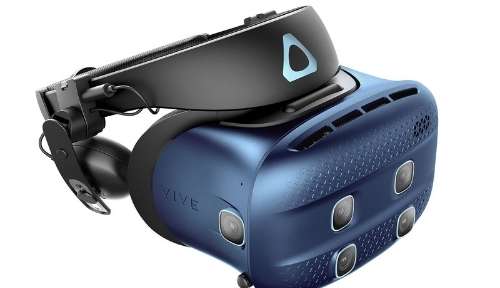The Navy use virtual reality for training purposes but also in emergency situations such as an incident on a submarine or a fire onboard a ship.
Submarine simulators
Submarine simulators are similar to flight simulators which are used for virtual reality air force training, but with a couple of minor differences.
One main difference is in the layout: a submarine simulator does not use monitor screens as windows which display images from the virtual environment. Instead it relies upon instrument readings which help the crew to gauge the position of submarine and passage through the water.
Monitors are a standard feature in flight simulators where they act as windows, displaying the landscape to the pilot as part of the training exercise.
The instrument panel in a virtual submarine shows readings which replicate the changes in underwater temperatures, movement etc in the same way as they would appear on a real submarine. But they are also used to create a set of scenarios which the trainee crew have to respond to.
There is one aspect where a submarine simulator is similar to a flight simulator and that is a motion platform. This platform is a hydraulic lift which enables the mock submarine to move in ways which simulate ascending or descending.
Virtual ship’s bridge
Another training aid which makes use of virtual reality technologies is a ‘virtual bridge’. The ship’s bridge performs a range of important functions and is the ‘mission control’ of the ship. It contains a set of instruments and fittings necessary for the handling of the ship which require complex level skills.
A virtual bridge enables trainee naval officers to be taught seamanship, ship handling and how to cope with an emergency situation. The trainee crew learn about teamwork and dealing with emergencies such as a hostile attack by another ship by interaction with the device.







